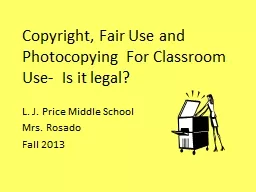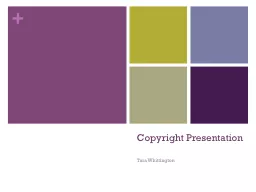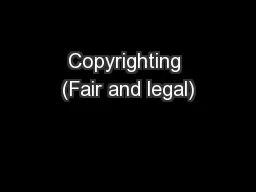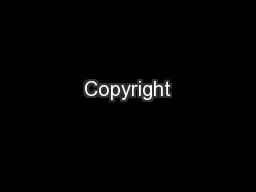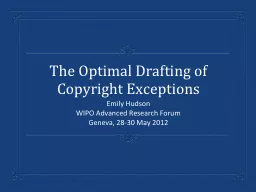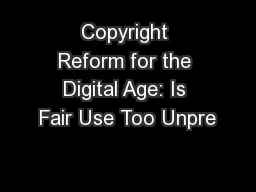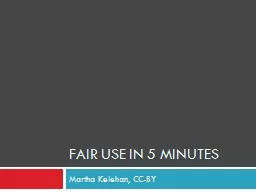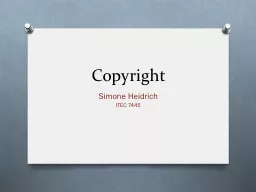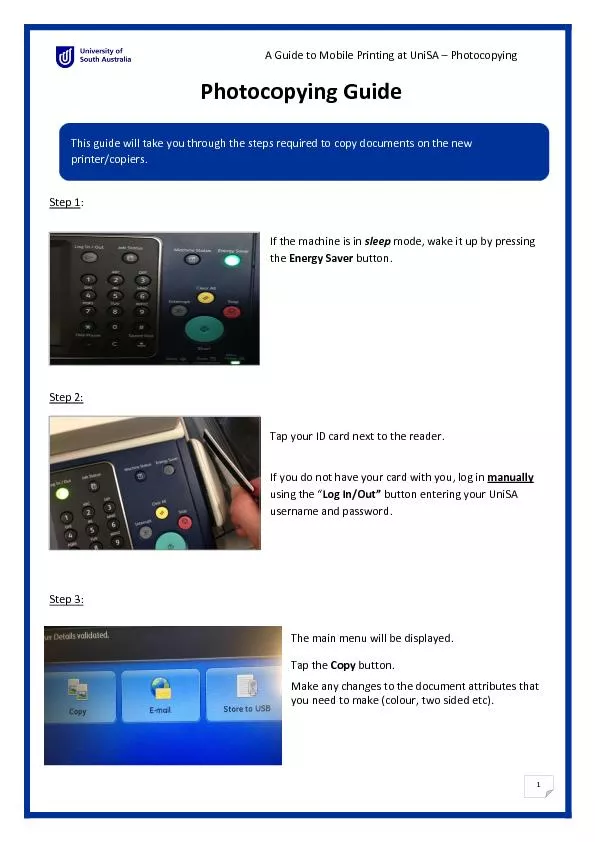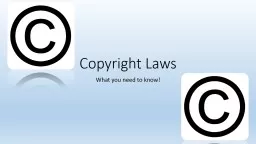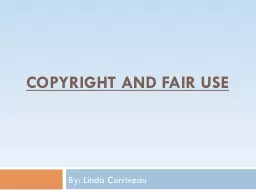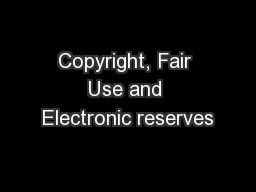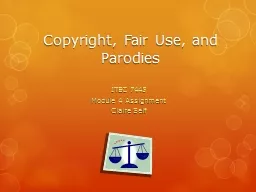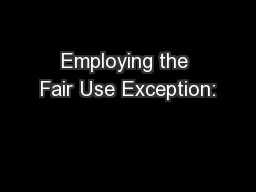PPT-Copyright, Fair Use and Photocopying For Classroom Use-
Author : test | Published Date : 2017-05-29
Is it legal L J Price Middle School Mrs Rosado Fall 2013 What is Copyright Copyright protection exists from the moment a work is created in a fixed tangible form
Presentation Embed Code
Download Presentation
Download Presentation The PPT/PDF document "Copyright, Fair Use and Photocopying Fo..." is the property of its rightful owner. Permission is granted to download and print the materials on this website for personal, non-commercial use only, and to display it on your personal computer provided you do not modify the materials and that you retain all copyright notices contained in the materials. By downloading content from our website, you accept the terms of this agreement.
Copyright, Fair Use and Photocopying For Classroom Use-: Transcript
Download Rules Of Document
"Copyright, Fair Use and Photocopying For Classroom Use-"The content belongs to its owner. You may download and print it for personal use, without modification, and keep all copyright notices. By downloading, you agree to these terms.
Related Documents

